The Fougera: The Lost Apartment Building of Brooklyn Heights
When digging into the history of 20th century buildings in Brooklyn, inevitably intriguing tales of earlier structures are uncovered.

The Fougera, aka the United States Apartments, in 1922. Photo via New York Public Library
When digging into the history of 20th century buildings in Brooklyn, inevitably intriguing tales of earlier structures are uncovered.
Such was the case during a recent quick look into the history of 200 Clinton Street in Brooklyn Heights. The Art Deco apartment building was built in 1936 and designed by architect Leo V. Berger. But it wasn’t the first apartment building to occupy the corner of Clinton Street and Atlantic Avenue.
From 1881 until 1934, the corner was dominated by The Fougera, a massive brick and brownstone pile designed by Brooklyn architect Marshall J. Morrill. Lauded as “the first great apartment house built in Brooklyn” by The Brooklyn Daily Eagle before construction was even complete, the six-story structure included ground floor shops and 40 apartments.
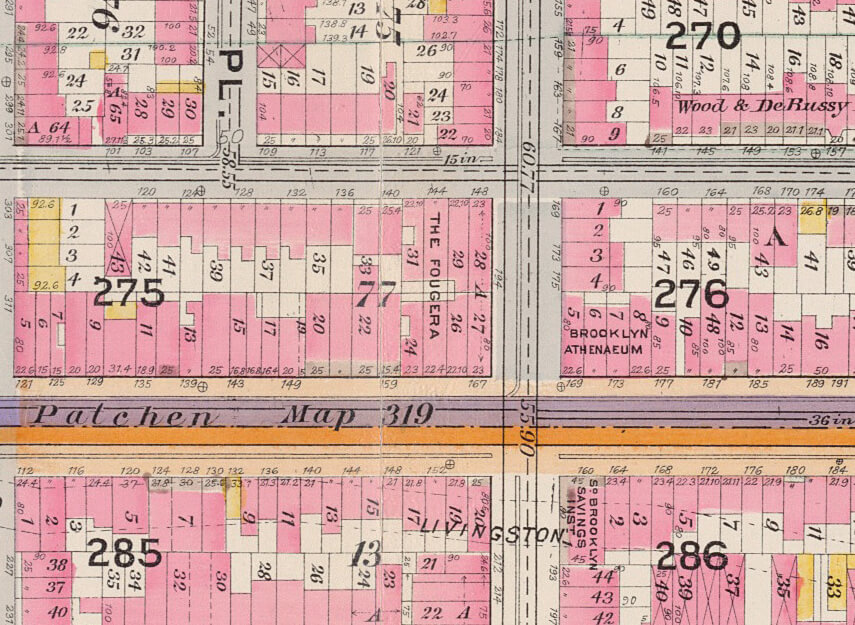
Designed with the taste of the modern Brooklyn dweller in mind, the interior boasted the latest in apartment amenities. No bike rooms, pet spas or viewing rooms here. In the late 19th century, amenities designed to lure renters meant steam heat with bronze radiators, electric bells, speaking tubes and the installation of plumbing overseen by a “scientific plumber.”
To reach their eight-room apartments, residents entered through a massive portico on Clinton Street. A light-filled atrium led to iron staircases and elevators. While the elevators weren’t the first ones in the city, they certainly sounded lush. The interiors of the cabs were decked out with wood, leather upholstery, mirrors and chandeliers.
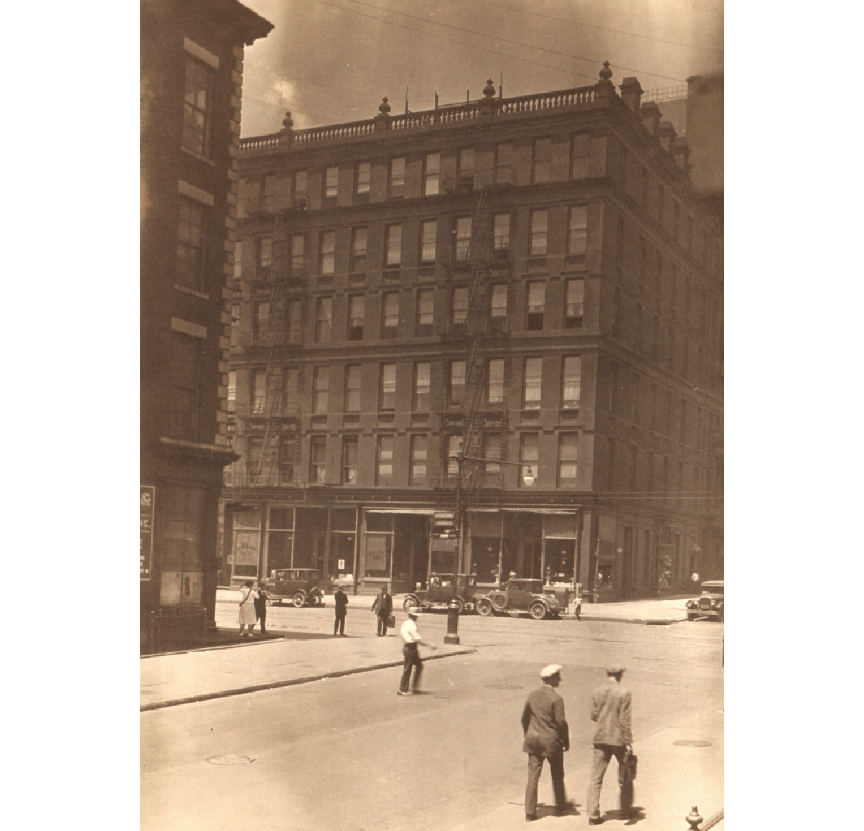
Flats in the building, also known as 194 Clinton Street, were for “select families,” according to rental ads after its opening. In 1884, ads show rents running from $600 to $900 a year. Tenants may not have flooded in at first.
In a move that may be familiar to Brooklynites, in 1885 the owner of The Fougera complained about his high tax assessment, claiming that between the land and construction the property cost $400,000 and his income in the past year was only $4,000. His argument was successful and his tax bill was lowered.
The building gained its moniker from the family that built it, the Charles Edmund Fougera family. A druggist, Fougera and his wife, Cecile, arrived in New York City from France in the 1840s. By 1849 he had established E. & S. Fougera, later known as E. Fougera & Company, with a specialty in importing tonics and cures from Europe. By at least 1860, the Fougera family was settled in Brooklyn and Charles opened a drugstore at the corner of Atlantic Avenue and Clinton Street. That store and other buildings on the block would give way to the grander vision of The Fougera.
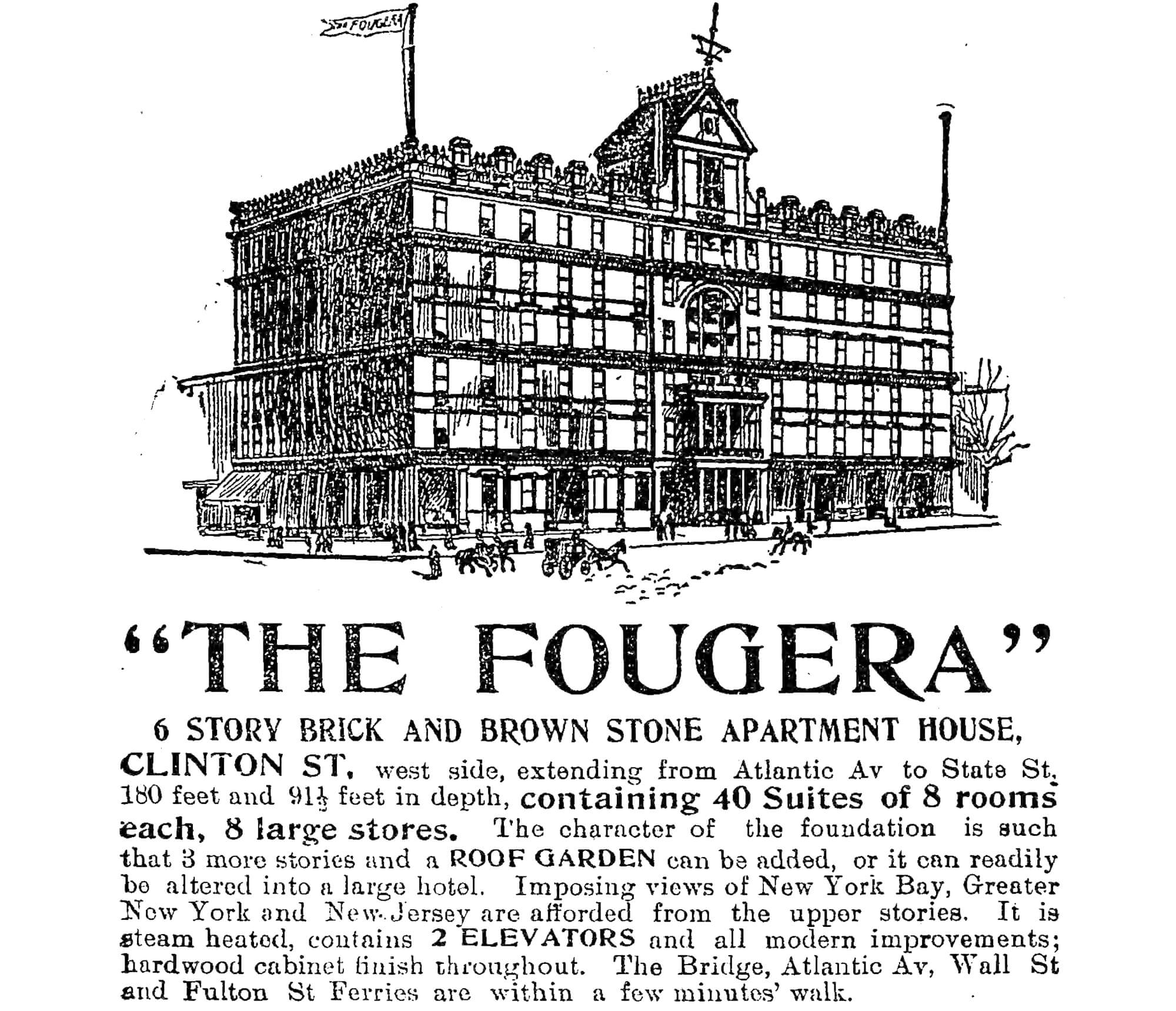
Fougera’s business appeared to be booming by 1870, and census records and city directories show Charles and Cecile and their seven children had moved out of the neighborhood and to a manse on 7th Street between 5th and 6th avenues. A large chunk of the block was occupied by the family home, carriage house, conservatory and a patent medicine factory.
The couple’s son Edmund Charles Fougera, a chemist, is sometimes listed as the developer of The Fougera. Perhaps not surprisingly, newspaper accounts frequently mix up the initials of father and son. Whether the then 24-year-old Edmund was involved in the initial development of the building in 1881 isn’t clear, at least not without more digging, but he certainly acted as the proprietor for a short period after his father’s death in 1889. When the elder Fougera died, it was discovered that the clever businessman had not left a will. This led to some family drama over assets and, ultimately, the sale of most of the extensive family landholdings, including The Fougera. The building went up on the auction block in April 1899 and by the fall of that year was rebranded The United States.
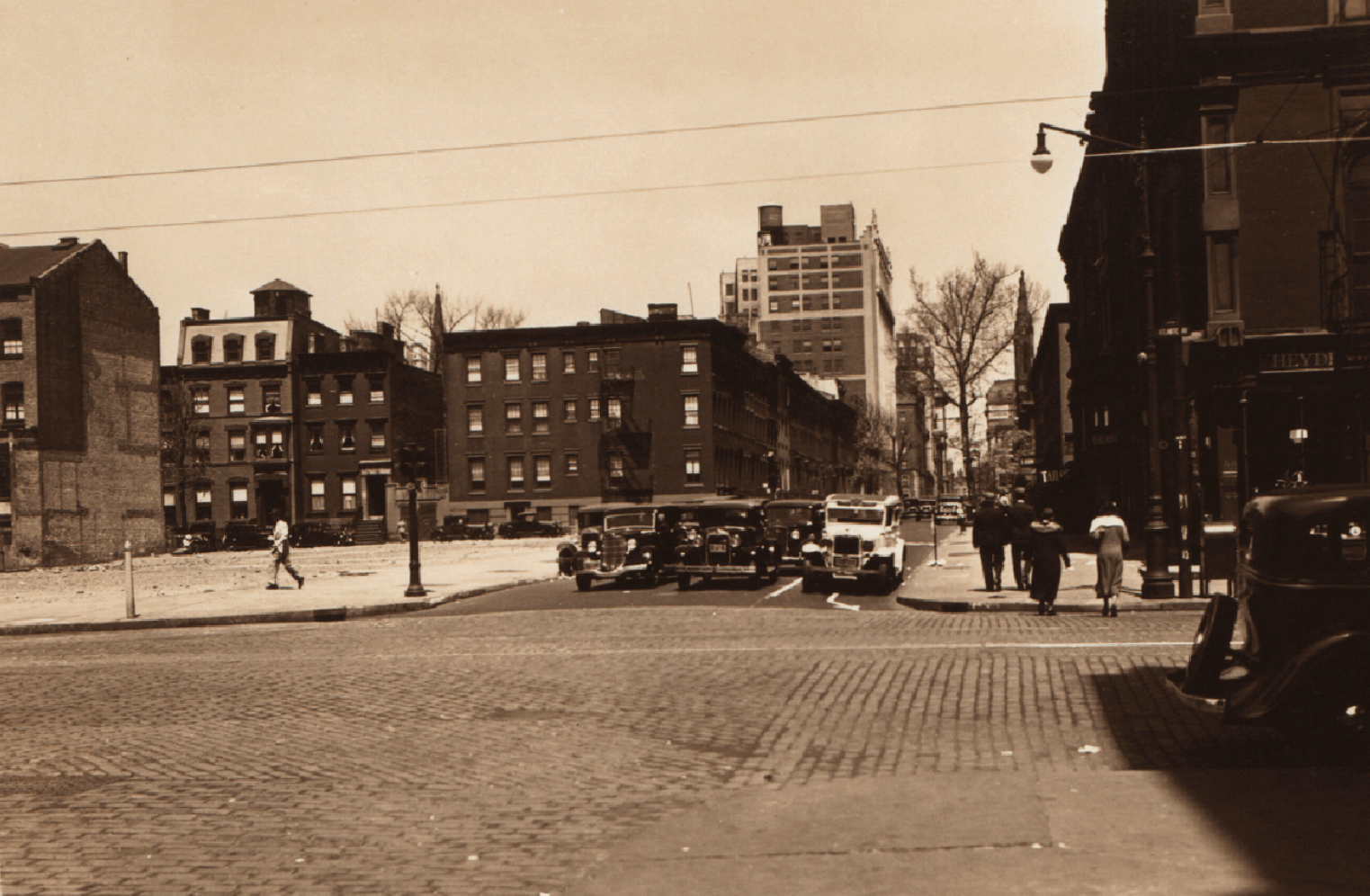
In August of 1934 the Brooklyn Daily Eagle reported placards had gone up on the once lauded building announcing it was to be demolished as part of the City Housing Authority’s Slum Clearance program. The paper noted that the building had initially housed the best families of Brooklyn but more recently had “been inhabited by poor families of foreign extraction.” Within a few months the formerly grand building was a pile of rubble.
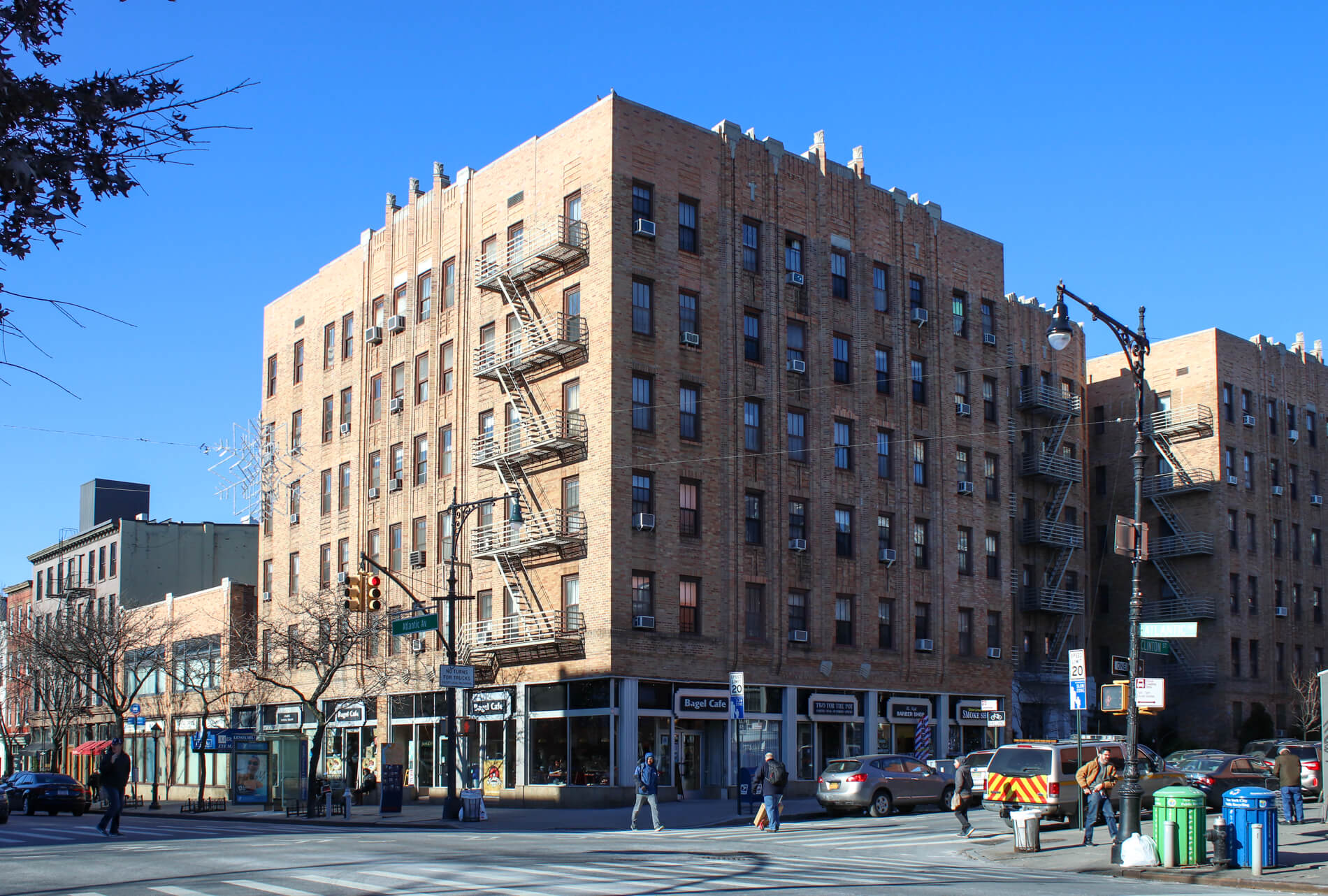
Related Stories
- Walkabout: The Brooklyn Athenaeum
- Keeping the Money in Brooklyn: The South Brooklyn Savings Institution
- Building of the Day: 168 Hancock Street
Email tips@brownstoner.com with further comments, questions or tips. Follow Brownstoner on Twitter and Instagram, and like us on Facebook.




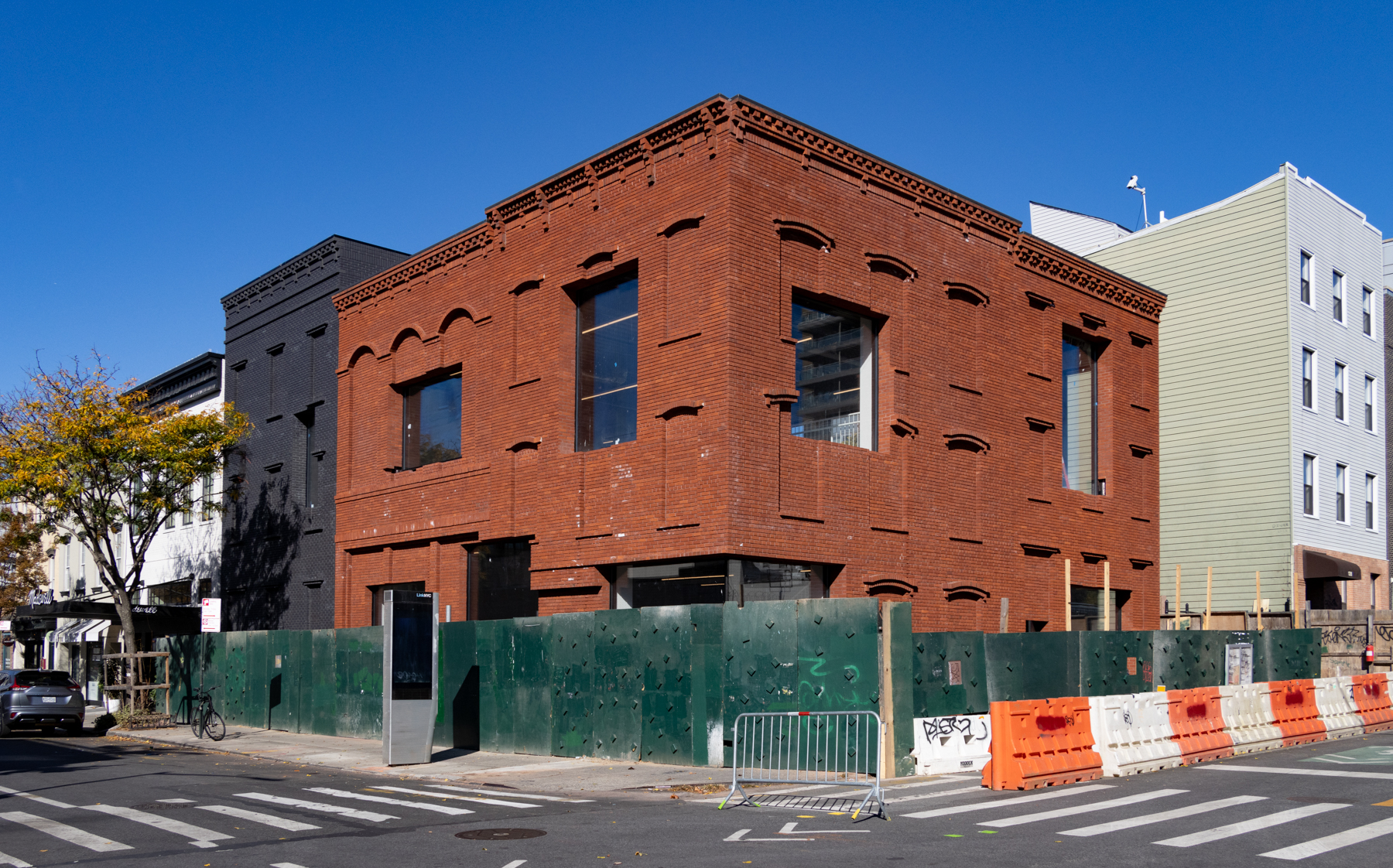




What's Your Take? Leave a Comment